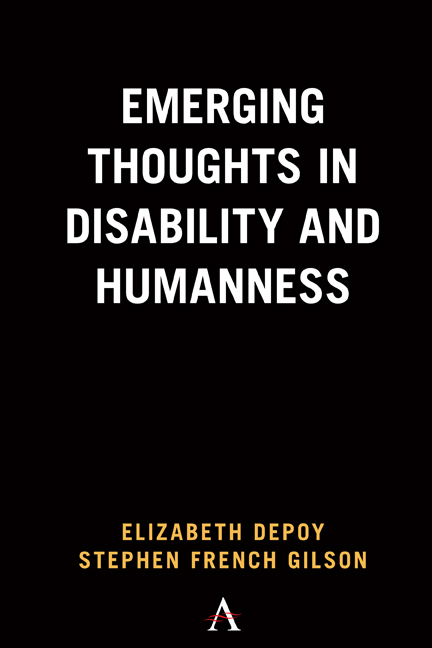Chapter 6 - The Language of Violation
Published online by Cambridge University Press: 13 May 2022
Summary
We are all condemned to the impossibility of gaining full access to other people's minds.
—Wilkinson (2008, 323)How violations and their meanings are named and communicated comprise the substance of this chapter. Labeling in medicine and diagnosis, popular culture (Brandt & Clare, 2018) the political correctness of the academy, and nonexample or absence from these lexicons are investigated and illustrated. Words, however they are cobbled, loosely or orchestrated symphonically, express ideas, albethey within the listeners interpretive receipt (Boroditsky, 2018). The importance of language in delineating humanness and “something elses” cannot, therefore, be understated. So, in this chapter, we enter and more closely rub elbows with words, text, and the narrative images that describe and are proffered for humans and alters. It is curious to note that even in scholarship on posthumanism, which deconstructs the humanist essence as we currently recognize ourselves, what remains constant is the use of words to convey meaning and recruit fans. It seems as if even within claims of a posthuman world, words and language remain intact despite the theorized and even preferred absence of metamorphosis of other embodied features. Recall that the importance of articulation has been ubiquitous across multiple times and places, even among the humanism that is so decried by postmodern and posthuman philosophers. These artifacts of communication in the forms of production, reception, and interaction influence and converge to imply meaning, manipulate behavior, persuade, reflect, and assign value. Words, text, and the imagery they produce provide a rich sea of inscription and form in which disability theories have done their axiological, theoretical, and proclamation work. More expansively, narrative imaging of the embodied disabled predicament crafts humanness and its environs. We therefore consolidate our attention on this ingenuity to further analyze how each and then all create the human and expel the other.
Defining and differentiating text, word, and narrative is no longer simple in a universe in which these symbolic entities intermingle and engorge themselves with power.
- Type
- Chapter
- Information
- Emerging Thoughts in Disability and Humanness , pp. 63 - 86Publisher: Anthem PressPrint publication year: 2022



